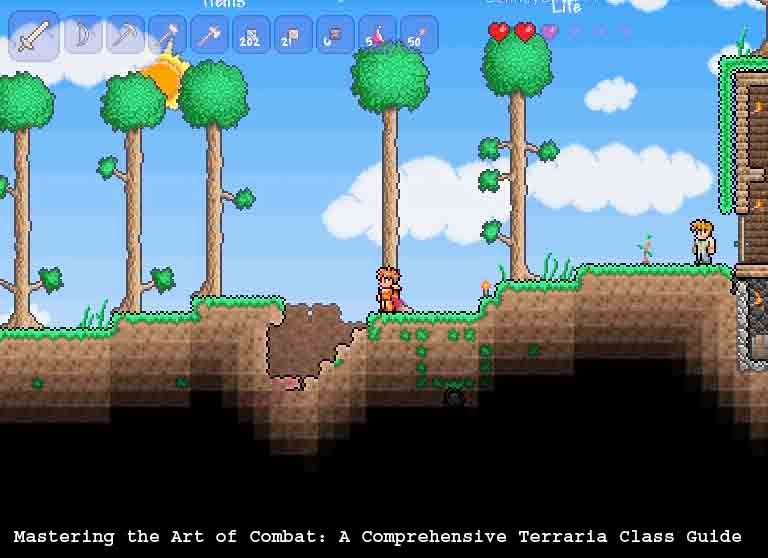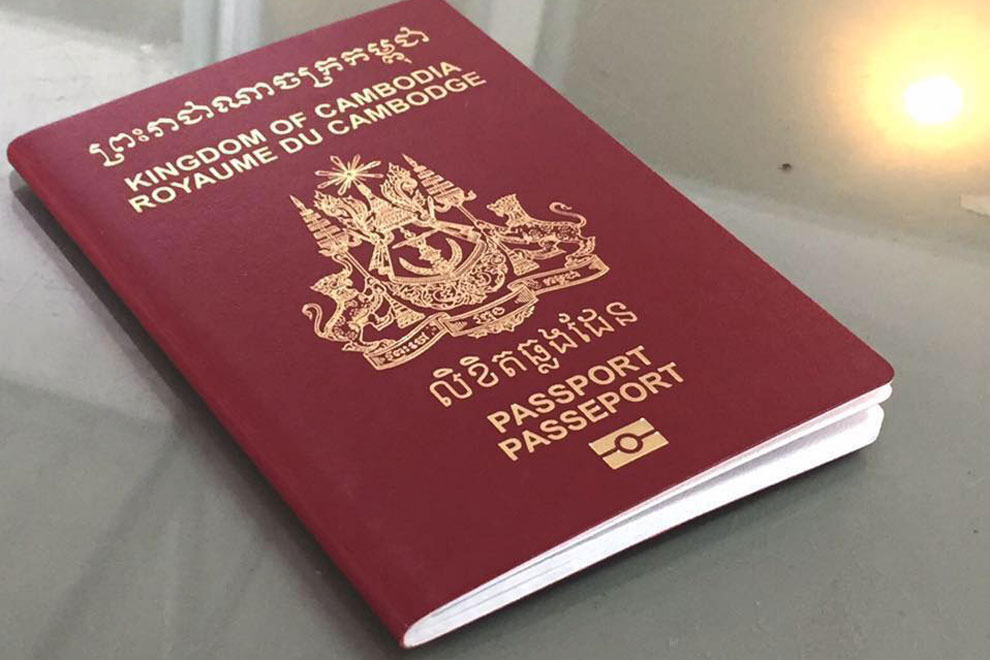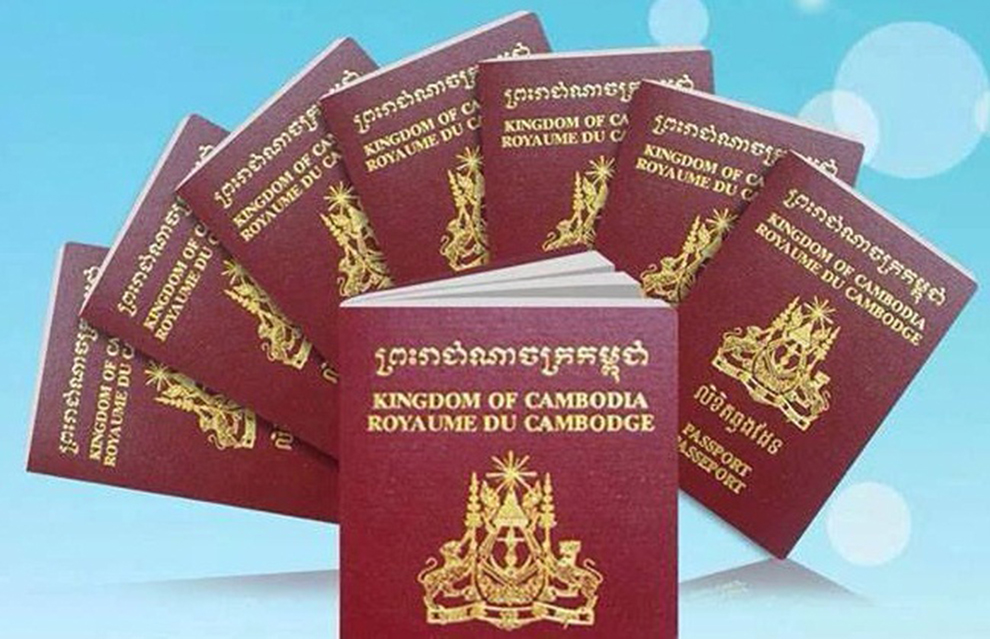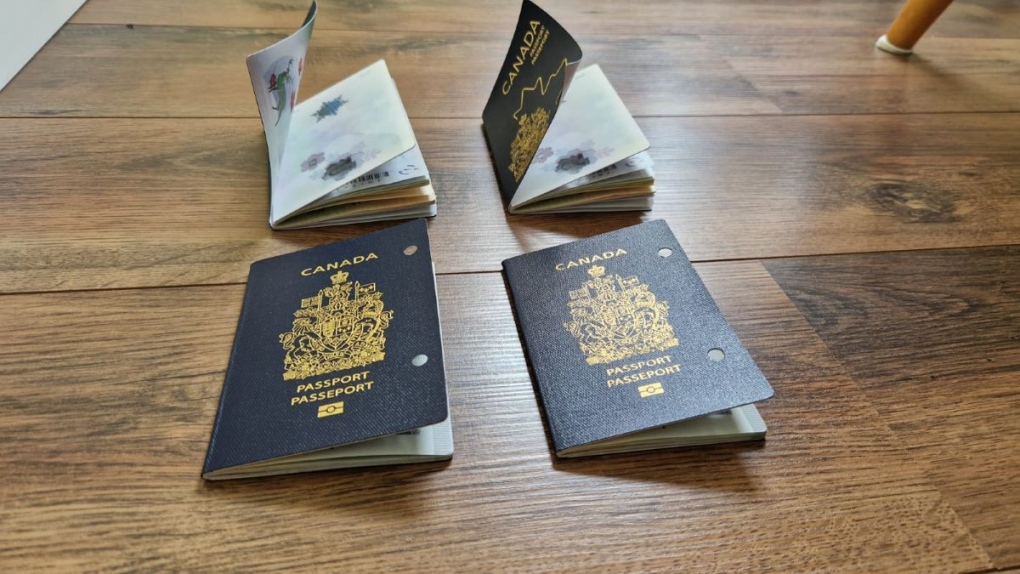
Terraria, the beloved sandbox adventure game, offers players a vast and immersive world filled with exploration, combat, and creativity. One of the key aspects that define a player’s journey in Terraria is their chosen class.
With a variety of classes to choose from, each providing a unique playstyle and abilities, mastering your preferred class can greatly enhance your gaming experience. In this comprehensive Terraria class guide, we will delve into each class, exploring their strengths, weaknesses, and the best strategies to maximize their potential.
Understanding the Classes
Terraria features four primary classes, each with its own distinct weapons, armor, and playstyle. These classes are:
A. Melee Class
The Melee class in all about getting up to close and personal with enemie. Melee weapons include swords, spears, and boomerangs. The Melee class excels in dealing high damage in close-quarters combat.
B. Ranged Class
Ranged combat in Terraria involves using various projectile-based weapons, such as bows, guns, and throwing weapons. The Ranged class allows players to attack foes from a safe distance, making it an excellent choice for those who prefer a more tactical approach.
C. Magic Class
For players who enjoy harnessing the power of spells and magic, the Magic class is the way to go. Magic weapons consume mana and can deal devastating damage from afar. This class is known for its versatility, offering both offensive and defensive spells.
D. Summoner Class
The Summoner class is unique, focusing on summoning minions to fight on your behalf. Players using this class will rely on minions like imps and spiders to deal damage while they provide support. The Summoner class offers a different and strategic playstyle compared to the other classes.
Melee Class Guide
A. Weapons
- Swords: Swords are the bread and butter of the Melee class. From early-game shortswords to late-game broadswords, there’s a wide variety to choose from. Consider weapons like the True Excalibur or the Terra Blade for endgame.
- Yoyos: Yoyos are a versatile Melee weapon that allows for continuous damage. The Eye of Cthulhu yoyo and the Terrarian are excellent choices.
- Spears: While not as fast as swords, spears have extended reach, making them effective in crowd control situations. Look for the Gungnir or the Mushroom Spear.
B. Armor
- Early Game: Start with basic copper or iron armor and progress to tungsten or silver as you defeat bosses.
- Mid Game: Upgrade to gold or platinum armor for better defense. Molten armor from the Underworld is a powerful option before entering Hardmode.
- Late Game: Chlorophyte and Turtle armor provide solid defenses. In the endgame, Beetle armor is excellent for its offensive and defensive bonuses.
C. Accessories
- Melee Speed: Increase attack speed with items like the Mechanical Glove and the Fire Gauntlet.
- Defense: Warding modifiers on accessories enhance defense, making survivability a top priority.
- Mobility: Wings or the Shield of Cthulhu can greatly improve mobility in combat.
D. Strategies
- Mobility: Utilize dodging and dashing to avoid enemy attacks. Accessories like the Shield of Cthulhu and Master Ninja Gear can aid in mobility.
- Buff Management: Potions such as Ironskin, Regeneration, and Swiftness are essential for surviving tough battles.
- Boss Fights: Learn attack patterns and time your strikes. For example, the Eye of Cthulhu is vulnerable when charging at the player.
Ranged Class Guide
A. Weapons
- Bows: Progress from wooden bows to the powerful Phantasm or the Tsunami in the endgame.
- Guns: Firearms like the Minishark, Megashark, and the S.D.M.G. are potent choices.
- Rockets: Explosive weapons like the Celebration MK2 can deal massive area-of-effect damage.
B. Armor
- Early Game: Start with wood or cactus armor and progress to lead or iron.
- Mid Game: Upgrade to silver or tungsten armor, and consider the Necro armor for increased ranged damage.
- Late Game: Shroomite and Chlorophyte armor provide excellent bonuses for ranged damage. Vortex and Stardust armor are top choices for endgame.
C. Accessories
- Ranged Damage: Prioritize accessories that boost ranged damage, such as the Ranger Emblem and the Sniper Scope.
- Ammo Conservation: Use accessories like the Ammo Box or the Magic Quiver to enhance ammo management.
- Mobility: Wings or the Bundle of Balloons can improve mobility, allowing for better positioning during battles.
D. Strategies
- Kiting: Keep a safe distance from enemies and bosses while maintaining a steady stream of damage.
- Piercing Shots: Weapons with piercing capabilities are effective against groups of enemies. The Tsunami bow and the Chain Gun are great examples.
- Critical Hits: Items like the Celestial Stone and the Sniper Scope can increase critical hit chance, boosting overall damage.
Magic Class Guide
A. Weapons
- Wands and Staves: Progress from early-game wands like the Amethyst Staff to endgame staves like the Nebula Arcanum or the Last Prism.
- Spell Tomes: Books like the Water Bolt and the Sky Fracture provide versatile magic attacks.
- Summoning Weapons: Summon magical minions with weapons like the Rainbow Crystal Staff or the Tempest Staff.
B. Armor
- Early Game: Start with wooden or cactus armor and progress to the Gem Robes for increased mana.
- Mid Game: Upgrade to Jungle or Meteorite armor for enhanced magic damage. The Wizard Hat is a great accessory for additional mana.
- Late Game: Spectre and Tiki armor are powerful choices for increased magic damage and survivability. The Nebula armor provides a unique set bonus for spellcasters.
C. Accessories
- Mana Regeneration: Items like the Mana Flower and the Celestial Cuffs help with mana management.
- Magic Damage: Accessories such as the Sorcerer Emblem and the Celestial Emblem increase magic damage.
- Mobility: Wings or the Rod of Discord can provide essential mobility during battles.
D. Strategies
- Mana Management: Monitor your mana usage and use items like Mana Potions or the Mana Flower to avoid running out in critical moments.
- Positioning: Stay at a safe distance from enemies, utilizing terrain to your advantage. Platforms can help you dodge attacks while maintaining a steady stream of magic.
- Combo Attacks: Experiment with combining different magic weapons for devastating combo attacks. For example, use the Magnet Sphere to control crowds and follow up with high-damage single-target spells.
Summoner Class Guide
A. Weapons
- Summon Staffs: Progress from early summoning staffs like the Slime Staff to powerful endgame options like the Stardust Dragon Staff.
- Summoning Weapons: Certain weapons, like the Spider Staff or the Optic Staff, can summon minions to aid in battle.
B. Armor
- Early Game: Start with basic armor sets and focus on accessories that increase summon damage.
- Mid Game: Bee armor and the Spider armor are solid choices for summoners in the mid-game.
- Late Game: Tiki and Spooky armor provide significant boosts to summon damage. The Stardust armor is the pinnacle choice for endgame summoners.
C. Accessories
- Summon Damage: Accessories like the Summoner Emblem and the Papyrus Scarab increase the damage output of your minions.
- Summon Slots: Equip items such as the Hercules Beetle and the Pygmy Necklace to increase the number of minions you can summon.
- Mobility: Wings or the UFO mount can enhance mobility, allowing you to reposition during battles.
D. Strategies
- Minion Management: Pay attention to your minion count and summon the most powerful minions available for maximum damage.
- Buff Management: Use potions like the Summoning Potion and the Bewitching Table to increase the effectiveness of your minions.
- Terrain Utilization: Position yourself strategically to make the most of your minions. Create platforms to allow your minions to attack enemies from different angles.
Hybrid Classes
While the primary classes provide distinct playstyles, many players enjoy experimenting with hybrid classes that combine aspects of two or more classes. Here are some popular hybrid combinations:
A. Melee-Ranged Hybrid
- Weapons: Use melee weapons for close combat and switch to ranged weapons for dealing with distant threats.
- Armor: Combine the defensive capabilities of melee armor with the mobility and damage bonuses of ranged armor.
- Accessories: Prioritize accessories that enhance both melee and ranged damage.
B. Melee-Magic Hybrid
- Weapons: Switch between melee weapons for close combat and magic weapons for ranged attacks.
- Armor: Combine the defense of melee armor with the magical bonuses of magic armor.
- Accessories: Focus on accessories that boost both melee and magic damage.
C. Ranged-Magic Hybrid
- Weapons: Use ranged weapons for normal combat and switch to magic weapons for specific situations.
- Armor: Combine the defensive bonuses of ranged armor with the magical enhancements of magic armor.
- Accessories: Prioritize accessories that boost both ranged and magic damage.
D. Melee-Ranged-Magic Hybrid
- Weapons: Carry a variety of weapons from melee, ranged, and magic classes for maximum versatility.
- Armor: Combine armor sets from melee, ranged, and magic classes to create a balanced defensive setup.
- Accessories: Use a mix of accessories that enhance damage for all three classes.
Full Terraria Class Guide Shortly
In Terraria, the class system offers an exciting array of options for players to choose from, each with its own distinct playstyle and abilities. From the nimble Ranger to the powerful Mage, each class brings a unique approach to combat and exploration.
One often overlooked class is the Summoner, which allows players to summon minions to do their bidding while they focus on dodging and supporting their minions. This class provides a fresh perspective on gameplay, emphasizing strategy and positioning over direct damage dealing.
Another interesting aspect of classes in Terraria is their evolution throughout the game. Early game equipment and abilities cater to specific classes, but as players progress, they can mix and match gear from multiple classes to create hybrid builds that offer new synergies and playstyles.
This flexibility adds depth and replayability, as it encourages experimentation with different weapon types and armor sets. Understanding this evolving dynamic can drastically alter how you approach combat encounters – focusing not just on raw power but also adaptability.
Aspiring adventurers in Terraria have a wealth of possibilities when it comes to choosing their playstyle through the diverse class system. Each class presents its own set of challenges and rewards, offering a fresh experience with every choice made. By understanding these unique perspectives, players can embrace new ways of approaching gameplay in this ever-evolving world of adventure and discovery.
Conclusion
Mastering Terraria’s classes requires a combination of knowledge, strategy, and adaptability. Whether you prefer the brute force of the Melee class, the precision of the Ranged class, the magical prowess of the Magic class, or the strategic summoning of the Summoner class, understanding your chosen class’s strengths and weaknesses is crucial.
Experiment with different weapons, armor sets, and accessories to find the playstyle that suits you best. Don’t hesitate to try hybrid classes for a unique and personalized gaming experience. As you progress through Terraria’s challenging world, remember to adapt your strategies, utilize the terrain, and make the most of the tools at your disposal.
With this comprehensive class guide, you’re well-equipped to embark on your journey to become a Terraria master. Whether you’re battling formidable bosses, exploring mysterious dungeons, or building epic structures, may your chosen class guide you to victory in the ever-expanding world of Terraria.











